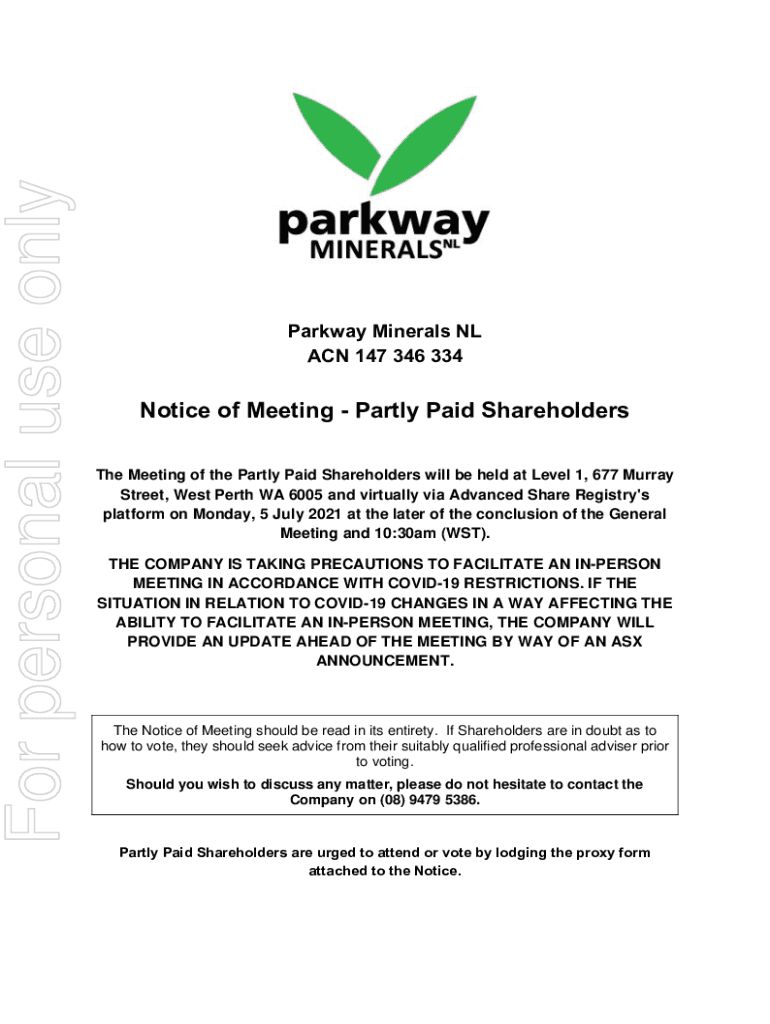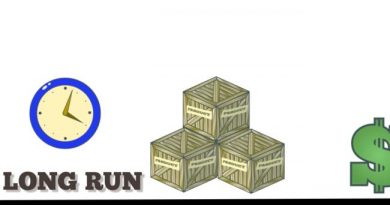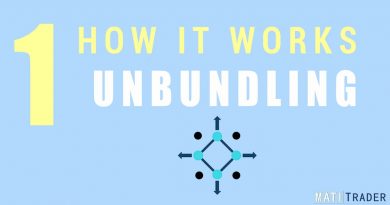Fully Paid Shares Definition Example Vs Partly Paid

Fully Paid Shares: Definition, Example, Vs. Partly Paid
What Are Fully Paid Shares?
Fully paid shares are shares issued for which no more money is required to be paid to the company by shareholders on the value of the shares. When a company issues shares upon incorporation or through an initial or secondary issuance, shareholders must pay a set amount. Once the company has received the full amount, the shares become fully paid shares.
Shareholders of partially paid shares have the same rights as fully paid shareholders.
How Fully Paid Shares Work
Fully paid shares are different from partially paid shares, in which only a portion of the market value has been received by the company. In the case of partially paid shares, the shareholder is still required to pay the remaining amount. For example, if Company XYZ sells shares for $50 per share, a fully paid share is received when the company receives $50, but it is a partially funded share if less than $50 has been collected.
For accounting purposes, companies issue shares with a par value, which is a nominal amount like $1. However, the market value is usually much higher, and the amount over the par value is the share premium.
Key Takeaways
– Fully paid shares are shares issued for which no more money is required to be paid to the company by shareholders on the value of the shares.
– Fully paid shares differ from partially paid shares, in which only a portion of the market value has been received by the company.
Fully Paid Shares vs. Partly Paid Shares
Normally, shares issued are fully paid, meaning investors pay the full amount per share. Sometimes, companies will issue unpaid or partially paid shares. However, if the shareholder needs time to access the necessary funds but commits to a payment schedule. In some cases, issuing unpaid shares may also be more convenient for a start-up company.
Partially paid shares are usually only issued if there are compelling business reasons to do so. For instance, a company may issue shares to a strategically aligned partner who has insufficient funds to pay for all the shares at the time of issue.
Usually, the shareholder and the company agree at the time of issue when the company can call on payment. The company may then issue partly paid shares along with a payment schedule that establishes when the shareholder must pay the balance. After the company receives the balance, the partially paid shares convert to fully paid shares.
Partially paid shares have the same rights as fully paid shareholders, including:
– Right to dividend payments
– Right to vote at shareholders’ meetings
– Right to participate upon winding up of the company
Usually, a shareholder’s right to dividend payments is proportionate to the amount they have already paid. At a shareholders’ meeting where voting is by a show of hands, a shareholder with partly paid shares will have the same vote as a shareholder with fully paid shares (one vote per share).
Usually, a shareholder’s right to dividend payments is proportionate to the amount they have already paid. At a shareholders’ meeting where voting is by a show of hands, a shareholder with partly paid shares will have the same vote as a shareholder with fully paid shares (one vote per share).



